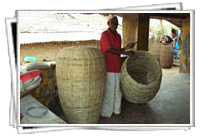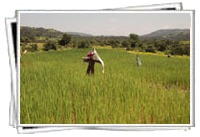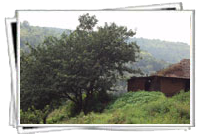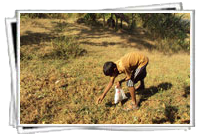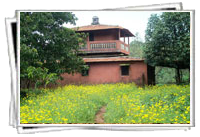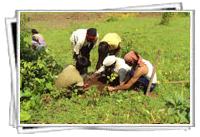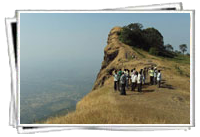Working Towards a Region-Wide Community Conservation Program in the Northen Western Ghats of India
In India and barring some exceptions globally, buffer zone management and corridor conservation are considered as the most critical and unfortunately weakest links in conservation. It is because of relatively less engagement of the proponents of conservation with the communities living and operating in these important landscapes. This aspect of conservation-engaging communities positively in conservation - is exactly the focus of this project in Bhimashankar Wildlife Sanctuary in India.
The Bhimashankar Wildlife Sanctuary (BWS) is one of the few protected areas in the north Western Ghats– part of a global biodiversity hotspot. The Western Ghats is a mountain range that runs parallel to the entire western coast of peninsular India. South westerly winds bring heavy rainfall in this region from June to October. The unique biogeography of the region therefore supports an immense amount of biodiversity – 1700 plant and 350 animals endemic to the region. Forest types range from dry deciduous to evergreen.
The BWS is a small PA 130 sq.km in area and supports two major forest types including seasonal cloud montane forests. The BWS is composed of forest fragments of various sizes interspersed with human habitation. A very peculiar feature of this Wildlife sanctuary is that it is also a very well known pilgrimage destination and about half a million tourists visit this place every year. This dual nature of the relationship between BWS and man has brought about its own set of challenges.




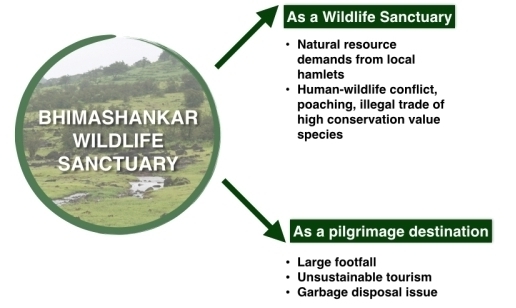
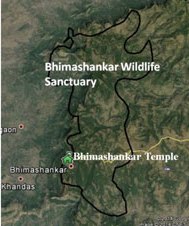
AERF and DICE is trying to address this crucial perception gap by making conservation remunerative to local people in the North Western Ghats through the Darwin Initiative since 2013. On the solid foundation of Conservation Agreements on privately owned forest lands, AERF started promoting forest-based enterprise through innovative mechanisms like FairWild certification of wild medicinal plants. Moreover, the Roadblocks to on-ground conservation in BWS:
General hatred and negative attitude towards conservation among the community created through involuntary restrictions as regards to access and use of natural resources imposed by the forest department.
Incentive based environmentally insensitive development activities carried out for ages by development NGOs in the region.
The Need of the hour: Changing behaviour to sustainable utilization needs to make economic sense for resource users in the BWS.






